
Welch Allyn, Hillrom traces its medical innovation roots to 1915 when Dr. Francis Welch and William Noah Allyn developed the world’s first handheld, direct illuminating ophthalmoscope, and established Welch Allyn. This device paved the way for future innovations that would continue to help practitioners provide better patient care. One year prior, Morgan Parker invented the two-part disposable scalpel blade and created what would become the Bard-Parker® brand.
In 1927, William (Bill) A. Hillenbrand had a revolutionary idea to “bring the home into the hospital” by offering hospitals wooden furniture to help create a warmer, more comfortable environment. In October 1929, as the United States plummeted into the Great Depression, Bill founded Hill-Rom and persuaded hospitals to furnish their private rooms with his wooden furniture for six months free of charge. If they weren’t satisfied, they could simply return the furniture. After the trial periods, none of the furniture was returned, and some hospitals placed orders for more.
Almost 60 years later, researchers at the University of Minnesota began developing a therapeutic device that would replace manual chest percussion therapy to help clear excess secretions from Cystic Fibrosis patients’ lungs. Years later, this device developed into the Monarch® Airway Clearance System.
In 1982, David W. Mortara, PhD, founded Mortara Instrument, which grew to become a leading provider of diagnostic cardiology solutions. Today, these products continue to enhance patient care with trusted diagnostic algorithms, flexible EMR connectivity and enhanced security features.
In 2005, Trumpf Medical developed the world’s first OR lights with LED technology. These medical lighting innovations enable optimal and consistent lighting conditions for surgeons and clinicians.
Most recently, in 2008, Trey Lauderdale, Oscar Callejas, Benjamin King and Rob Campbell founded Voalte on the vision of simplifying communications and improving collaboration, workflows and outcomes across the healthcare system. Today, the unique mobile platform is used by more than 200 healthcare customers with more than 84,000 devices.
Fast forward to present day: these products and technologies, along with others, have united to form today’s Hillrom. We proudly continue this legacy of innovation and desire to enhance outcomes for patients and their caregivers. Today, Hillrom’s 10,000+ employees work together to deliver on this mission in more than 100 countries.
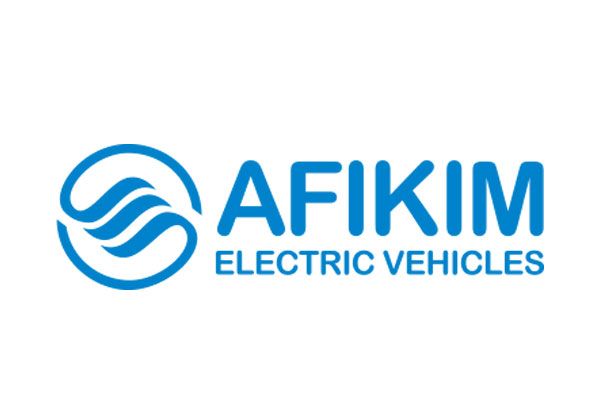 AFIKIM
AFIKIM
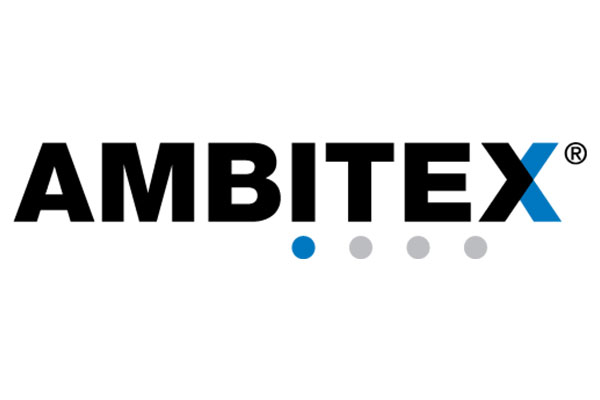 AMBITEX Gloves
AMBITEX Gloves
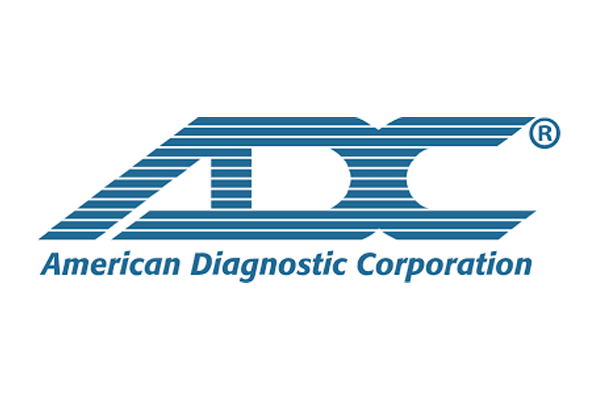 American Diagnostic Corporation
American Diagnostic Corporation
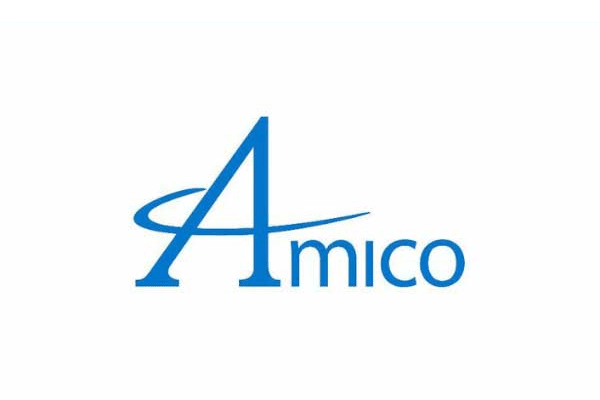 Amico Corporation
Amico Corporation
 B. Braun Medical Inc
B. Braun Medical Inc
 BD Company
BD Company
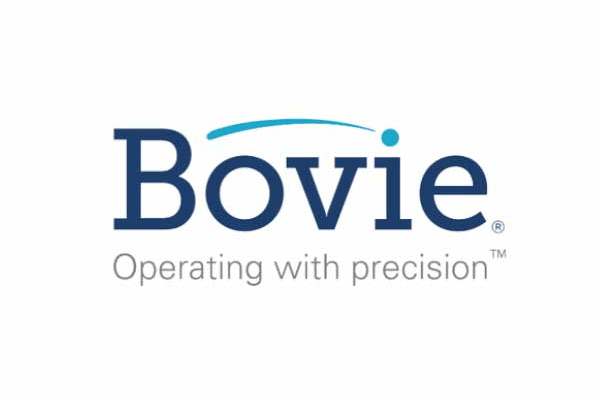 Bovie Medical
Bovie Medical
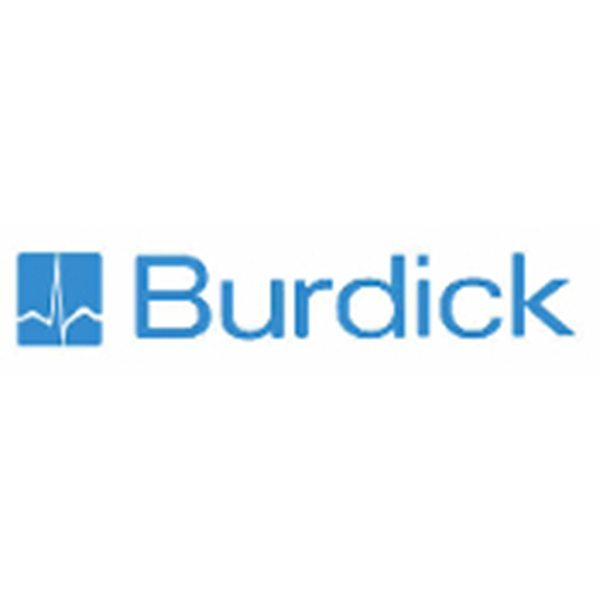 Burdick/Mortara
Burdick/Mortara
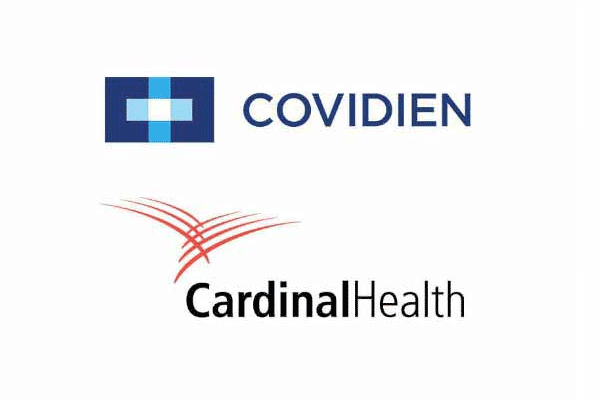 Cardinal Health
Cardinal Health
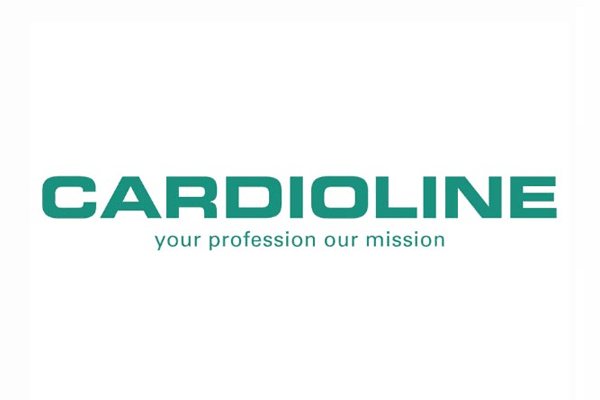 Cardioline
Cardioline
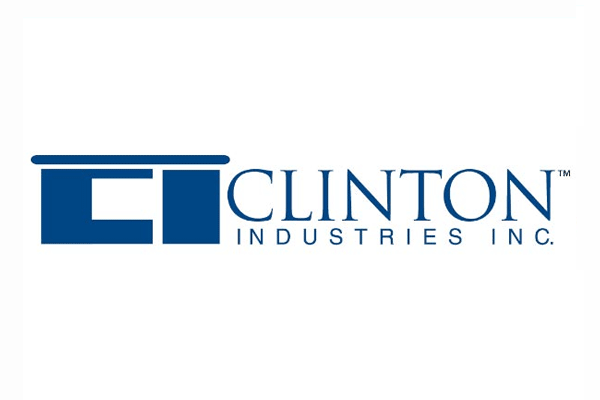 Clinton Industries
Clinton Industries
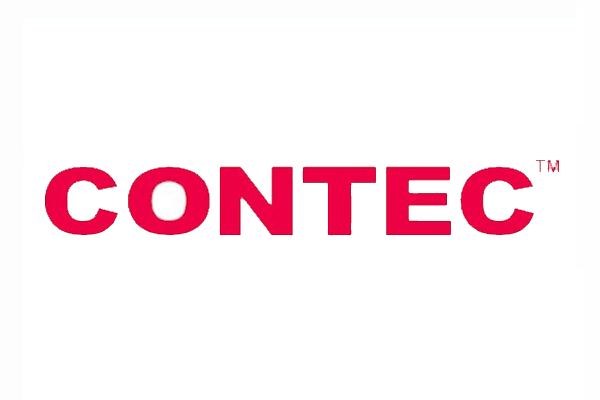 Contec
Contec
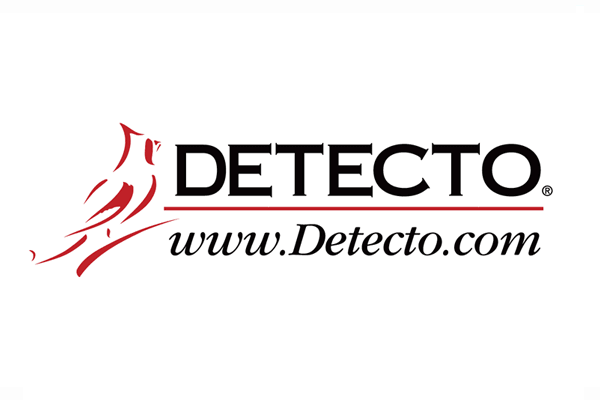 Detecto Medical
Detecto Medical
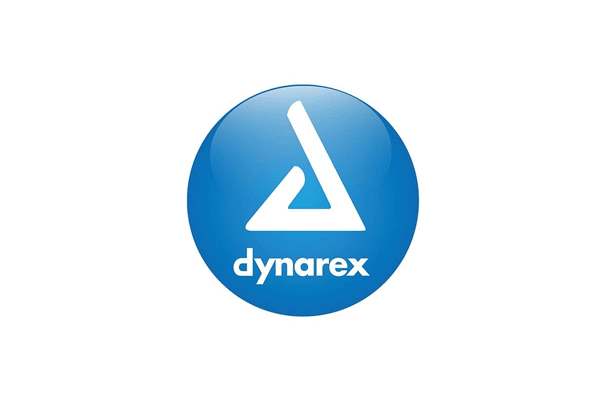 Dynarex
Dynarex
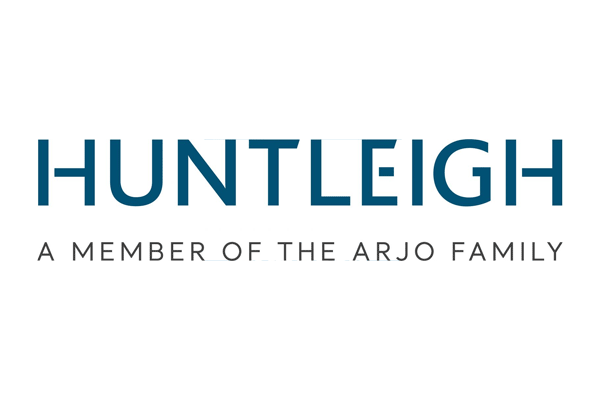 Huntleigh Health Care
Huntleigh Health Care
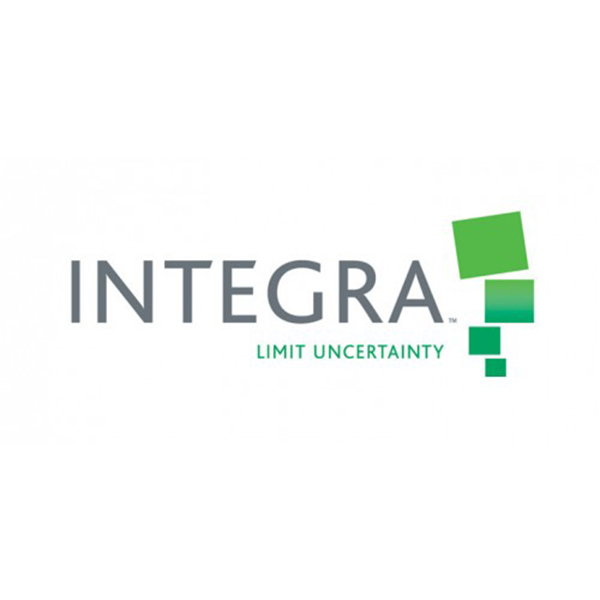 Integra Life Sciences
Integra Life Sciences
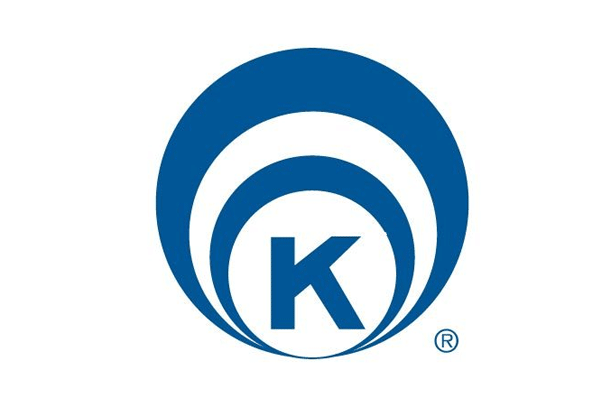 Kawasumi America
Kawasumi America
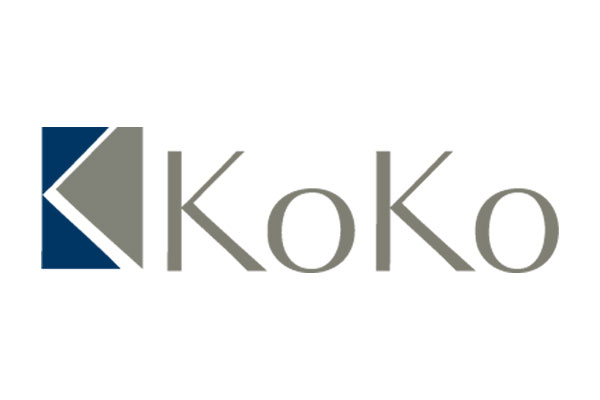 KoKo (Formerly Nspire)
KoKo (Formerly Nspire)
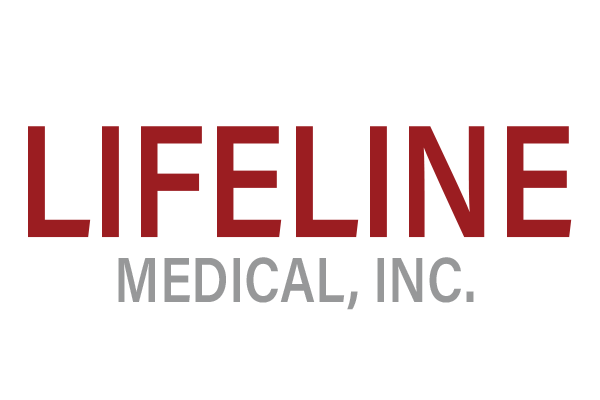 Lifeline Medical, Inc.
Lifeline Medical, Inc.
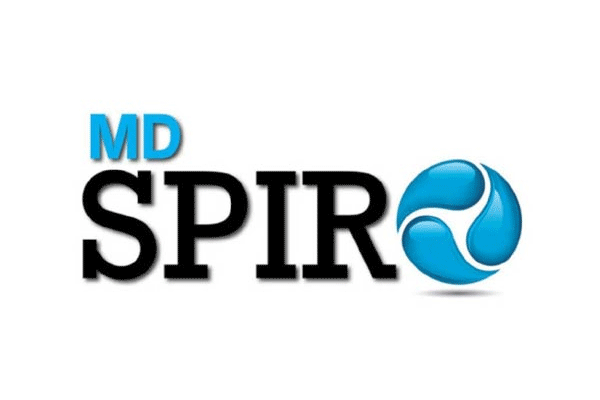 MD SPIRO
MD SPIRO
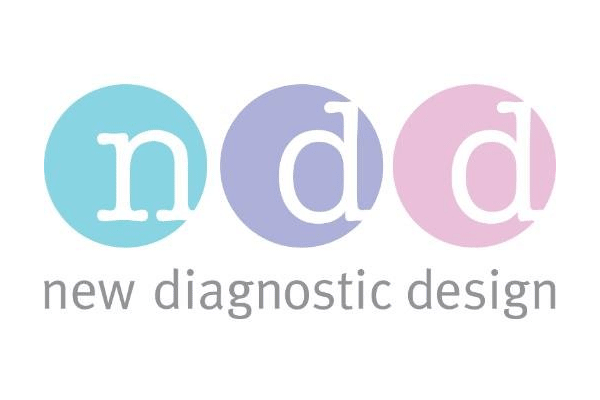 ndd
ndd
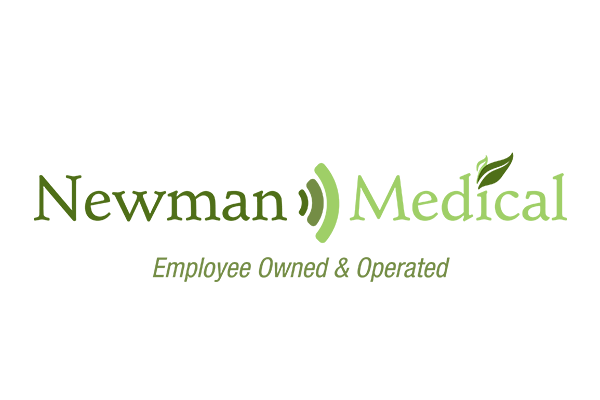 Newman Medical
Newman Medical
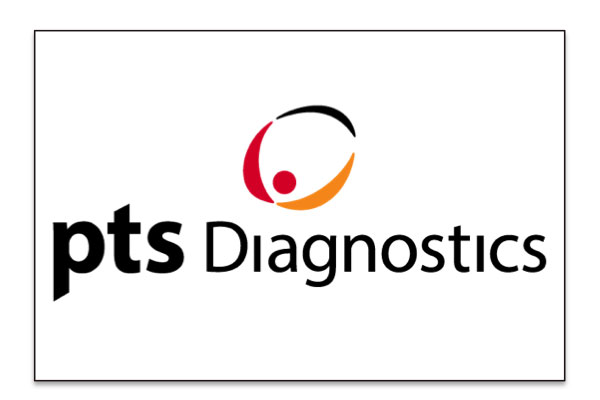 PTS Diagnostics
PTS Diagnostics
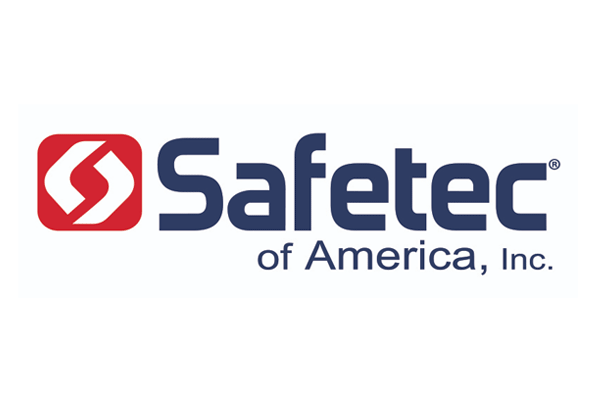 Safetec
Safetec
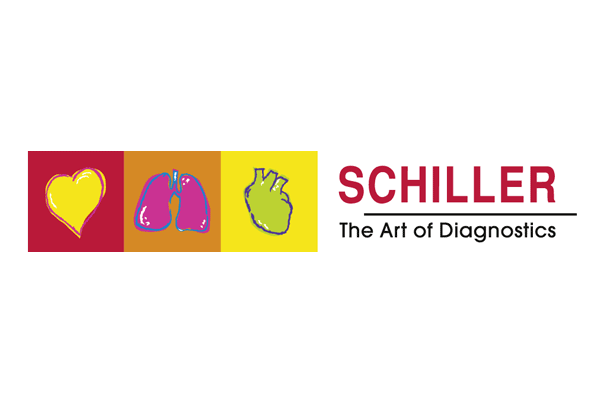 Schiller America
Schiller America
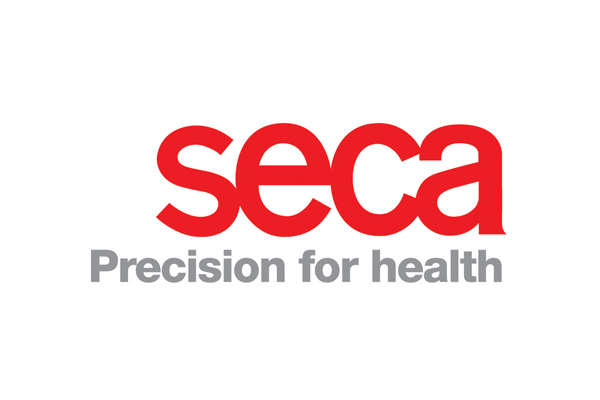 Seca
Seca
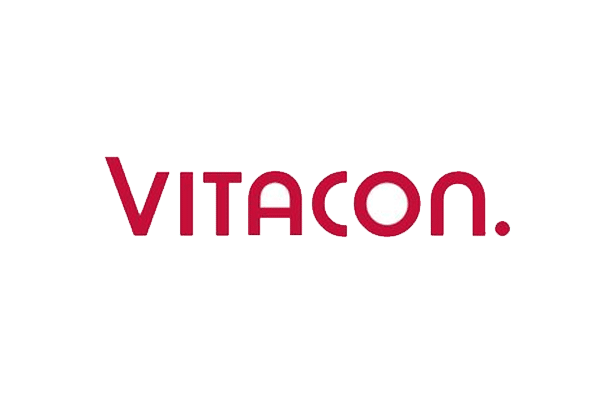 Vitacon US, LLC
Vitacon US, LLC
 Welch Allyn
Welch Allyn
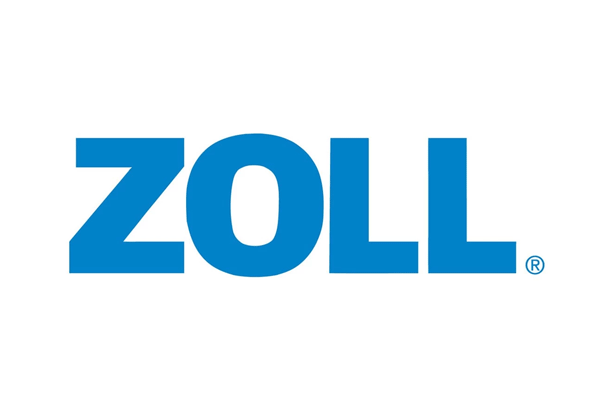 Zoll Medical Corp.
Zoll Medical Corp.